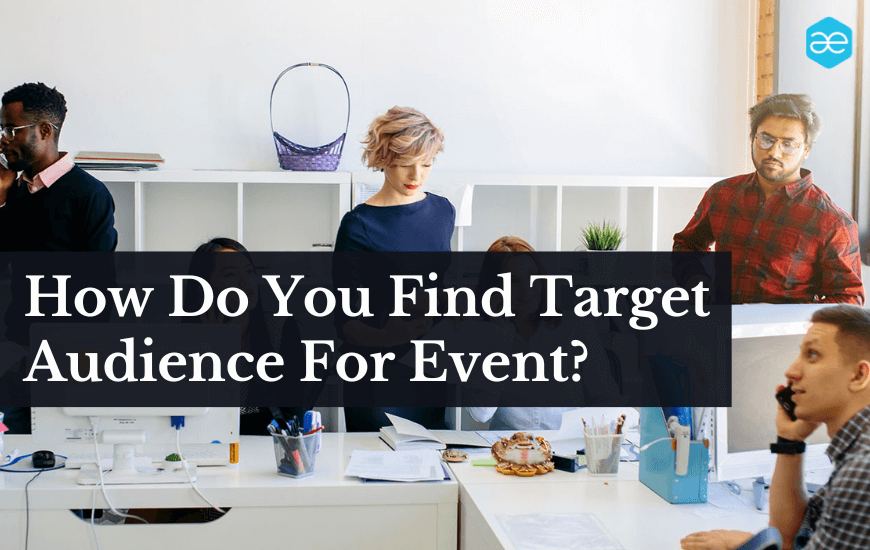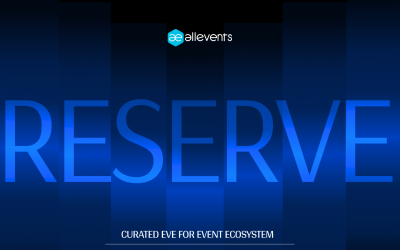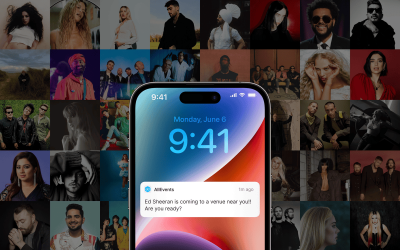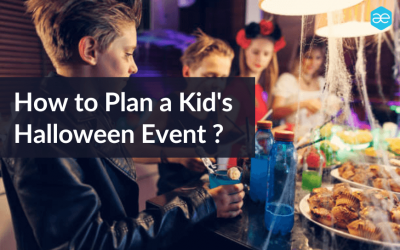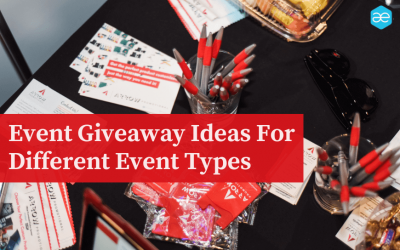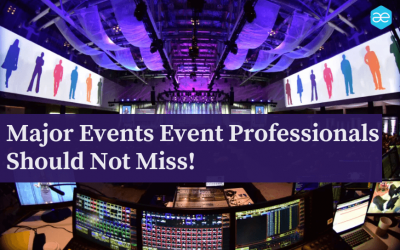Imagine planning a rocking concert but accidentally inviting a knitting club. Well, oops is not always better than what ifs’! 😶🌫️
The crux lies in identifying and captivating your ideal target market—the demographic that resonates with your event’s essence.
As David Ogilvy wisely remarked, “Don’t count the people you reach; reach the people that count.” This nugget of wisdom echoes the sentiment that success isn’t merely about filling a room. It’s about filling it with the right people.
To do so, there is a whole process that you need to go through! Each step is crucial for success, from conducting event market research to navigating the PVP and RFM frameworks. In this blog, we will break down every piece of information to help you.
Let’s dive in!
1. Search What Is Working For Others – Conduct Event Market Research
You do not have to figure everything out independently because we can learn from other people’s mistakes and successes. Don’t we?
And that leads us to research what is working for others! Here is how you can conduct market research for your events:
- Competitor Analysis: Find out about your competitors’ events. This includes their age, qualifications, knowledge level, experience, market value, PR, and market share.
- Market Analysis: Understand the market situation for your event. This includes finding out about the potential market for your event, their interests, and demographics (we will talk about this in the next point).
- Event Location Analysis: Determine the best location for your event based on the target audience’s location and preferences.
- SWOT Analysis: Conduct a Strengths, Weaknesses, Opportunities, and Threats (SWOT) analysis for your event. This will help identify the strengths and weaknesses of the event, as well as the opportunities and threats you may face.
- Marketing Strategy: Based on the event’s target audience, desires, and expectations, develop a marketing strategy that will most likely attract them.
Remember, the success of an event largely depends on how well it is planned and marketed.
Want help in marketing your event? Book a call with our experts to make your event shine! 📆

2. Stop Claiming Everyone, And Understand TAM, SAM, AND SOM
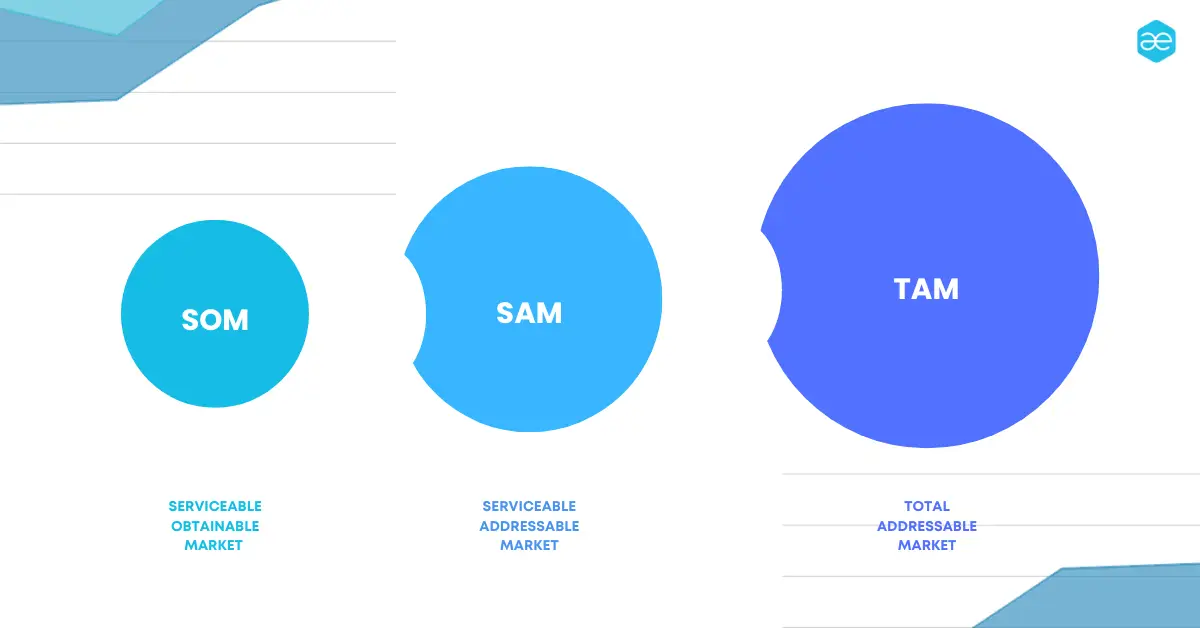
Don’t claim everyone. Claim your niche. TAM, SAM, and SOM are the tools that will refine your approach.
What are TAM, SAM, and SOM, and why do they matter?
Understanding TAM, SAM, and SOM helps you focus your efforts where it counts and ensures your event thrives where it matters most.
| 🎯 TAM – Total Addressable Market | TAM is your entire potential market. It’s like the grand arena where your event could conquer. |
| 🔍 SAM – Serviceable Addressable Market | It’s a zoom-in version. SAM is the slice of TAM you can realistically reach. It’s about finding your niche within the grand scheme. |
| 📍 SOM – Serviceable Obtainable Market | SOM is the percentage of SAM that you aim to capture. It’s about owning your space and standing out. |
NOTE: You can get the SOM by dividing last year’s revenue against the sale.
So, while everyone is claiming everything, be savvy to focus efforts where it truly counts – in the heart of your unique audience.
3. Segment the Attendees Demographically
Have you ever wondered why certain events draw in specific crowds? Well, the secret sauce lies in a fundamental aspect – demographic segmentation.
What is Demographic Segmentation?
Demographic segmentation involves categorizing attendees based on age, gender, income, education, and more.
Segmenting attendees demographically isn’t just about data. It ensures your event speaks directly to the hearts of those you want to attract.
It would be better with an example. So, just assume that you are organizing a health and wellness expo.
Let’s explore how these factors shape your event’s audience.
🌍 The Age Factor
- Segmentation Strategy: Divide your audience into age brackets.
- Practical Implementation: Tailor event offerings to suit each age group. Yoga and mindfulness sessions might resonate with older attendees seeking relaxation, while fitness challenges and wellness tech demos cater to a younger, health-conscious audience.
🚹🚺 Gender Dynamics
- Segmentation Strategy: Consider both genders’ diverse needs and preferences.
- Practical Implementation: Design workshops and discussions that address specific health concerns for each gender. For example, women-focused sessions on holistic well-being and men-centric fitness boot camps ensure inclusivity.
💵 Income Insights
- Segmentation Strategy: Understand the financial diversity of your audience.
- Practical Implementation: Offer a range of ticket options, from free access to premium packages. Create budget-friendly segments like community-sponsored health checkups, making wellness accessible to everyone.
🎓 Education Matters
- Segmentation Strategy: Cater to various educational backgrounds.
- Practical Implementation: Host informational sessions that appeal to beginners and health enthusiasts. Incorporate talks by experts for an in-depth exploration of topics, ensuring everyone finds valuable insights aligned with their knowledge levels.
By practically applying demographic segmentation, your health and wellness expo becomes a personalized journey for each attendee.
4. Now Move Towards Psychographic Segmentation

Numbers tell one part of the story, but understanding the intricacies of your audience’s personalities and interests is the game-changer.
What is Psychographic Segmentation?
Psychographic segmentation is like peeking into the minds of your attendees. It’s about their lifestyles, values, interests, and personalities.
Psychographic segmentation adds a human touch to your data, elevating your event planning strategy. Numbers tell you the ‘who,’ but psychographic segmentation tells you the ‘why.’
- Lifestyles: Different lifestyles mean different event preferences. Psychographic segmentation helps tailor events for thrill-seekers, trendsetters, wellness enthusiasts, and more.
- Aligning with Core Values: Understanding your audience’s core values and beliefs is key. Learn how to align your event with the principles most important to your attendees.
- Crafting Events for Specific Interests: Delve into the varied interests of your audience. Whether art, technology, or outdoor adventures, psychographic segmentation allows you to craft events catering to specific passion points. Let their interests guide your event planning.
- Connecting on a Personal Level: Psychographic segmentation fosters personal connections. Learn how to engage with your audience on a deeper level, creating events that feel tailor-made for each attendee. It’s about forging emotional bonds that last.
5. Segment Attendees Based on Behaviour

Have you ever wondered why some folks dance in front while others hang in the back? It’s time to unravel the secrets of guest behavior and learn the art of sorting them based on what they do!
📊 Why Behavioral Segmentation Matters?
Knowing your audience’s behaviors lets you predict their next move. Behavioral segmentation empowers you to create events that align seamlessly with attendee actions.
Behaviors leave a trail. Understanding and leveraging attendee actions allows you to design tailor-made events for each individual.
Forget words, it’s all about how guests interact at events.
- Ticketing Patterns: Understanding ticketing behavior helps identify early birds and last-minute deal hunters. Optimize pricing strategies for maximum engagement.
- Buying and Spending Habits: Delve into the financial behaviors of your audience, from merchandise to premium experiences. Align event offerings with spending habits for a more tailored experience.
- Timing Is Everything: Behavioral segmentation based on timing preferences helps you schedule events that align with your audience’s schedules, increasing attendance.
6. PVP and RFM Framework

PVP and RFM frameworks are compasses guiding your event strategy. They help you navigate the intricacies of personal connections, societal impact, and financial success.
Now, let’s dive into the terms:
🛡️ PVP Framework – Personal Fulfilment, Value, Profitability
- Personal Fulfilment (P): Events are personal journeys. Identify how much you enjoy working with different types of customers and different types of people.
- Value to the Marketplace (V): How does your event contribute value to the marketplace? Dive into your event’s societal and industry relevance, ensuring it stands as a valuable asset.
- Profitability (P): Beyond joy, events should be financially rewarding. Understand the profitability aspects – from event ticket sales to event sponsorships. It’s about ensuring your event thrives not just emotionally but economically.
💹 RFM Framework – Recency, Frequency, Monetary Value
- Recency (R): Time matters. Analyze how recently attendees engaged with your event. A fresh connection holds more potential. Craft strategies to keep your event on their radar.
- Frequency (F): How often do attendees participate? Understand the frequency of their engagement. Tailor event offerings to reward loyal attendees and encourage consistent participation.
- Monetary Value (M): Money talks. Explore the monetary contributions of attendees. From ticket purchases to additional spending, delve into the financial impact. It’s about maximizing the monetary value of each attendee.
Together, they form a dynamic duo for event triumph.
7. Search Where Your Attendees are Hanging Out

You’ve identified your target audience. Now, let’s find out where they party online! By pinpointing where your audience hangs out online and segmenting them into unique groups, you provide the most relevant content and connect with those eager to engage.
1. Professional Conferences on LinkedIn
Hosting a professional conference? LinkedIn is the hub for industry connections.
Join relevant professional groups, share insightful content, and connect with potential attendees.-
2. Fitness and Wellness Events on Instagram and Facebook
Instagram and Facebook are the go-to platforms for fitness enthusiasts. Share workout clips and wellness tips, and engage with health-conscious communities.
3. Food Festivals on Instagram and Pinterest
Planning a food festival? Instagram and Pinterest are perfect for foodies.
Showcase mouthwatering dishes, share recipes, and collaborate with food influencers for a delectable reach.
If you want to organize one, here are some ideas: Creative food festival ideas.
4. Technology Expos on Twitter and LinkedIn
Twitter and LinkedIn are tech enthusiasts’ virtual playgrounds. Tweet about innovations, share tech insights and connect with professionals driving the industry.
5. Art and Photography Exhibitions on Instagram and Pinterest
Instagram and Pinterest offer visual delights for art lovers. Display sneak peeks and artist interviews, and engage with creative communities.
6. Music Concerts on Instagram and TikTok
Instagram and TikTok set the stage for musical experiences. Share concert snippets and behind-the-scenes moments, and create trending challenges on TikTok.
7. Virtual Events on Twitter and LinkedIn
Taking your event online? Twitter and LinkedIn attract a diverse virtual audience.
Share event details, engage in discussions, and leverage the power of professional networking.
Quick Recap
In the end, knowing your audience well is the secret to a fantastic event. Sort them by demographics, interests, and behaviors to create experiences they’ll love. It’s not about everyone – it’s about the right people. So, get to know your attendees, understand their habits, and host events that leave a lasting impression. Cheers to hosting amazing events every time! 🌟
